Nuclear criticality accidents have killed, but these accidents don’t happen often because when they do occur, the results have historically proven disastrous; regulations, training, and procedural safeguards have all intensified in the wake of high-profile, fatal events around the world.
Accidental criticality is a hazard unique to facilities where fissionable materials are handled or stored, such as nuclear fuel manufacturing and processing facilities. The Nuclear Regulatory Commission characterizes these events as “uncontrolled nuclear fission chain reactions.” So, that’s what we’re talking about, and unexpected, unplanned nuclear episode that poses risk to human health and wellbeing proportionate to the size of event and proximity of those exposed.
“Fissionable” material is a category of radioactive materials. Besides giving off radiation, this material has a special hazard. If too much fissionable material is brought together under the right conditions, an uncontrolled criticality could occur. Eerie blue light is often associated with these events. Human error and the bypassing of important safeguards are recent causes of fatal criticality events, which is why proper basic training for awareness is important.
An uncontrolled criticality is dangerous because it instantly releases an extremely large amount of radiation. The amount of radiation released in an uncontrolled criticality could be enough to kill a person who is standing within a few feet of the source of the criticality.
First, it must be stated that if you find a fissionable material container in a place it is not supposed to be, just leave it alone and report it immediately, and report it immediately to Radiological Control personnel. Fissionable materials must be stored in special areas with unique labeling. Packaged fissionable material is always labeled or marked with a fissile material symbol. This symbol will always have a yellow background but the symbol and bars may be magenta or black.
Where accidental criticality is a real possibility, the focus should be on minimizing risk by mitigating contributing factors and minimizing your radiation exposure in the unlikely event of a criticality accident. These events are preventable. You can minimize the possibility of an accidental criticality by not touching fissionable material containers unless you are trained and qualified to do so. If an accidental criticality occurs, you can minimize your risk by exiting the area as quickly as possible to reduce your radiation exposure.
One of the controls that facilities have in place to prevent an accidental criticality is the Double Contingency principle. This means that steps have been taken so that no single mistake can cause a criticality. For an accidental criticality to occur, at least two independent upsets or conditions must occur at the same time. By applying the Double Contingency principle, the risk of accidental criticality is very low.
Every nuclear facility is now designed using this principle. Although all facilities apply the Double Contingency principle, there is a slight possibility that you could cause an accidental criticality if you handle fissionable materials. You must not touch fissionable material containers for any reason. If you think there is a problem involving fissionable material, don’t try to fix it. Notify your supervisor or manager immediately.
Although the risk of an uncontrolled criticality is very low, you should know what to do should one occur. If you hear the distinctive AH-OO-GAH criticality alarm, run away from the immediate area where fissile material handling operations are or could be conducted.
Do not stop to remove protective clothing. Once you are out of the immediate area, walk fast to exit the facility using the closest door and avoid fissile material handling areas. Proceed rapidly to the staging area and stay there. To prevent spreading radioactive contamination, personnel in anti-contamination clothing must not mix with personnel in street clothes.



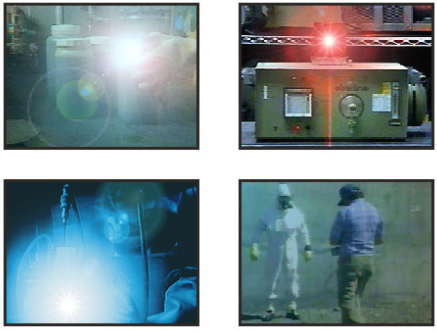

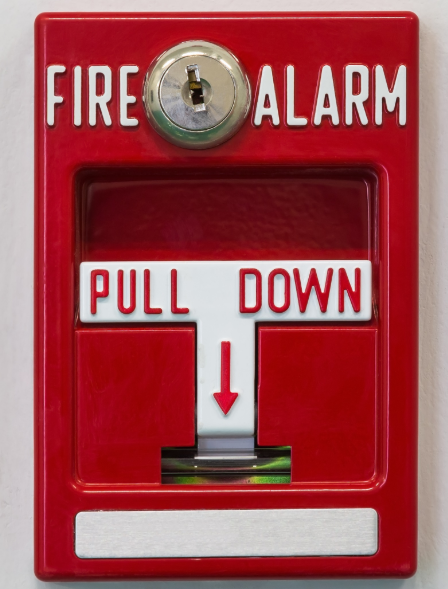
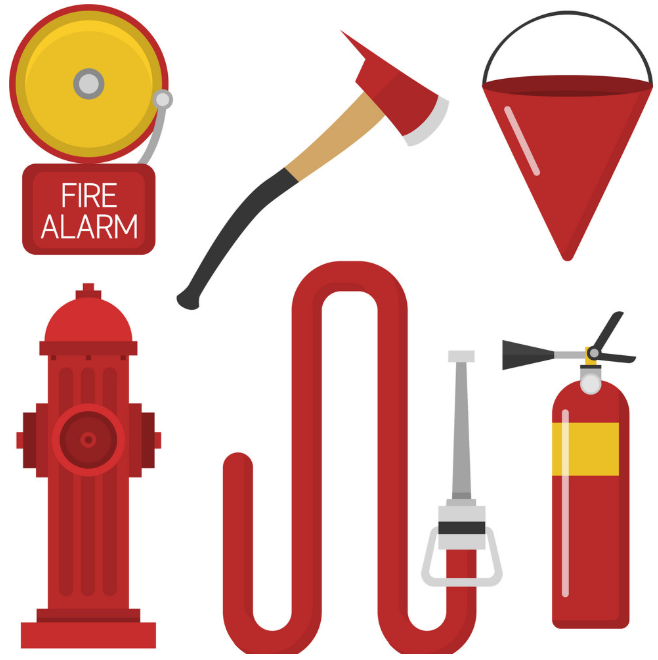




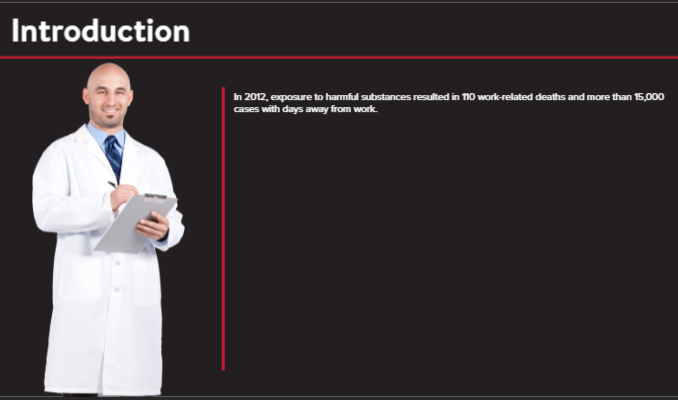
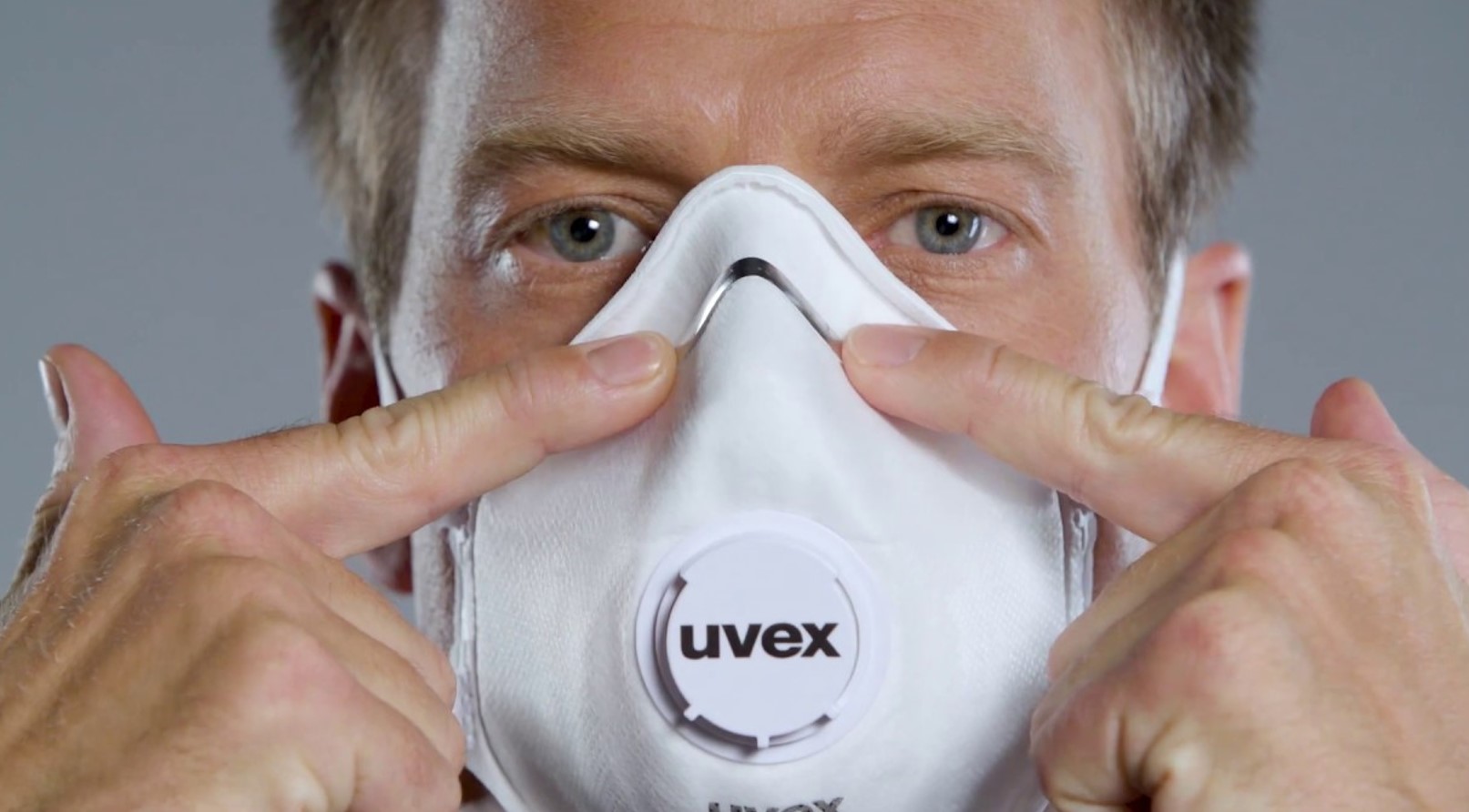

Reviews
There are no reviews yet.